It’s not often we can be certain that contemporary works of art will go down in the history books. But in Holy Frit, the monumental creation of the world’s largest stained glass window is documented for us to see. Not only is its scale obviously noteworthy, but the artists also used a groundbreaking technique that allowed them to implement multiple colors on a single pane of glass. This allowed for a more complex design as well as a lighter feel due to the reduced amount of lead lines required. It’s a huge step forward for the art form which has been around for thousands of years.
This documentary does an incredible job of making these concepts digestible and engaging for audience members with the scarcest knowledge of stained glass. Moreover, for what might sound like a run-of-the-mill document of the artistic process, Holy Frit is surprisingly rich and layered. The documentary engages with age-old questions relating to the way art intersects with ideas of identity, religion, and family. These threads are woven throughout the three-year span of the story, cropping up naturally in conversation between the movie’s subjects. The result is a truly fascinating feature with style, substance, and tension.
The Key Players
At the center of Holy Frit is Tim Carey. He is the lead designer at Judson Studios, a family-owned business run by David Judson, the fifth generation of Judsons in charge of the stained glass facility. When the United Methodist Church of the Resurrection, based in Kansas City, put out a call for stained glass design submissions for their new church, Tim put together a beautiful and complex design that won Judson Studios the business. This was clearly a huge win, but unfortunately for Tim, he didn’t know how to produce what he had promised to the church.
With the help of visionary stained glass artist Narcissus Quagliata, Tim learns a new technique called fusing, which allows him to create glass panels of more than one color. He uses tiny pieces of colored glass, named ‘frit,’ that is sprinkled over glass in different ways that add color and shading to the panes. This creates a showstopping painterly effect that is unlike what we have come to expect from the stained glass we see in churches. The documentary closely follows Tim and those around him as he first learns to use this technique, and then enacts it. On this journey, Tim collides with obstacles that include time pressure, lack of space, and even lawsuits.
What Makes an Artist?
Abramorama
One of the core conflicts at the heart of Holy Frit is the idea of art being an identity rather than an action. Narcissus is someone who wholeheartedly embodies exactly what you’d expect from an artist — he’s quirky, opinionated, and passionate. In contrast, Tim is really rather ‘normal.’ Early on in the movie, he shares that he grew up in the suburbs feeling out of touch with the world, adding, “that’s why I could never become a real artist.” This tells us a lot about how he views his own identity because, by all qualifications, he is an artist, that is his full time job, but he clearly believes he lacks an intrinsic component that would allow him to claim the label.
Later on, he and Narcissus argue over whether the art that you create reflects on your character. Tim says, “I just don’t think whether this thing succeeds or fails, it’s a referendum on my life or who I am,” to which Narcissus repeatedly responds, “It is!” Additionally, Tim says of his time at art school, “When my art was my life, I was unhappy.” These statements throw the trope of the tortured artist into question. Is it true that artists cannot create truly great work if they’re happy? It seems that Tim stands somewhere in the middle of the scale; his words suggest that the art we create is not inextricably linked to something within our souls, but he also seems to believe that we must sacrifice some level of happiness to be a “real” artist, which he doesn’t see himself as.
Related: 10 Lesser-Known Docuseries Worth Checking Out
As an audience member, it’s difficult to see the breathtaking work that Tim produces and agree that he’s not a proper artist. At the beginning of the documentary, he stands as proof that his own statements are inaccurate. However, as time progresses, his attitude and personality start to shift, and he takes some of Narcissus’ words to heart. Of course, there are no concrete answers, but the dichotomy between Tim and Narcissus is a fascinating one, which becomes even more interesting as the boundaries between them start to blur.
The Business of Family
Abramorama
There are also several threads of the documentary that ask if art and an artistic sensibility might be hereditary. Tim’s understanding of his identity as an artist is rooted in his upbringing, as he mentioned his suburban childhood being the reason he isn’t a real artist. While this isn’t genetic, it is still the result of his parents’ childrearing decisions. It’s not until Narcissus passes on the fusing technique to Tim that his perspective on his identity starts to shift. Again, this is clearly not being shared through genes, but the way they both speak emotionally about the process creates the sense that this is beyond simple teaching; it’s the creation and continuation of a legacy.
The most prominent factor of Holy Frit that plays into this theme is Judson Studios, which is, very importantly, a family business. David says that it “started out as a nuclear family, and now it’s a family of artists.” He takes in an apprentice when his brother says that his girlfriend’s son, Quentin, is in trouble and needs work. Through a sea of touching moments, Quentin’s story becomes one of the most special components of the movie. He starts off doing small tasks such as sweeping the floors, and ends up being an integral part of Tim’s small team.
Most of the employees at Judson talk about coming across the work by accident and then discovering that they love it, to the point that one man says he hopes to die at the bench. Quentin shares that he isn’t religious but can’t help but feel like something brought him to this job, which saved him from becoming unhoused. This sense of a higher power connecting these glassworkers (who so often create religious art on commission) adds an interesting layer to the industry, as they are all invisibly connected like a family. The documentary is deftly put together, and this can be seen in the way that out of countless hours of footage, the team laid out this idea so that the audience can easily pick it up, but it’s not shoved down our throats.
Clear Glass, Clear Emotion
Abramorama
Lastly, it’s near impossible to discuss stained glass without also discussing religion, especially since this project is for a church. The back and forth between Tim and Adam Hamilton, the church’s senior pastor, about the details of the design gives weight to its emotional impact. From the attention to detail around the expression on Jesus’ face, to the inclusion of a young member of the congregation who passed away early, Adam is careful to ensure that the window was specifically tailored to his attendees.
This personalization of the window goes hand in hand with the fact that the $3.7 million worth of funding required came directly from the congregation. Therefore, ordinary people on ordinary salaries were able to contribute to and be a part of the making of art history, something that has always been reserved for the wealthiest corners of society. Just as the window is made up of small pieces, so is the congregation, which means that it’s almost as if each pane of glass is representative of a member.
Related: The 25 Greatest Documentary Films of All Time, Ranked
As someone who has never been religious, and as a result of broader personal tastes, I don’t tend to be moved by religious art, and if I am, it’s usually because of another factor. But with that being said, I found that Holy Frit had an enormous emotional impact on me. Seeing the reveal of Jesus’ face was overwhelming, not only because of how impressive the artwork is, but also because of Adam’s speechlessness. When he does speak, he talks about how the eyes look kind, and how that is the most important thing.
This moment conveyed an aspect of religion that is easy to understand intellectually — that millions of people find comfort in a deity — but in a way that clicked into place emotionally. It was an incredibly profound moment and I found myself hugely moved to think of the number of people who would feel a deep comfort from and connection with this artwork. When a documentary can convey its ideas emotionally rather than through simple spoken explanation, it’s a shining example of just what the genre is capable of, and sticks with you for far longer.
From Abramorama, Holy Frit opens in New York on October 27th and Los Angeles on November 10th.
You can view the original article HERE.





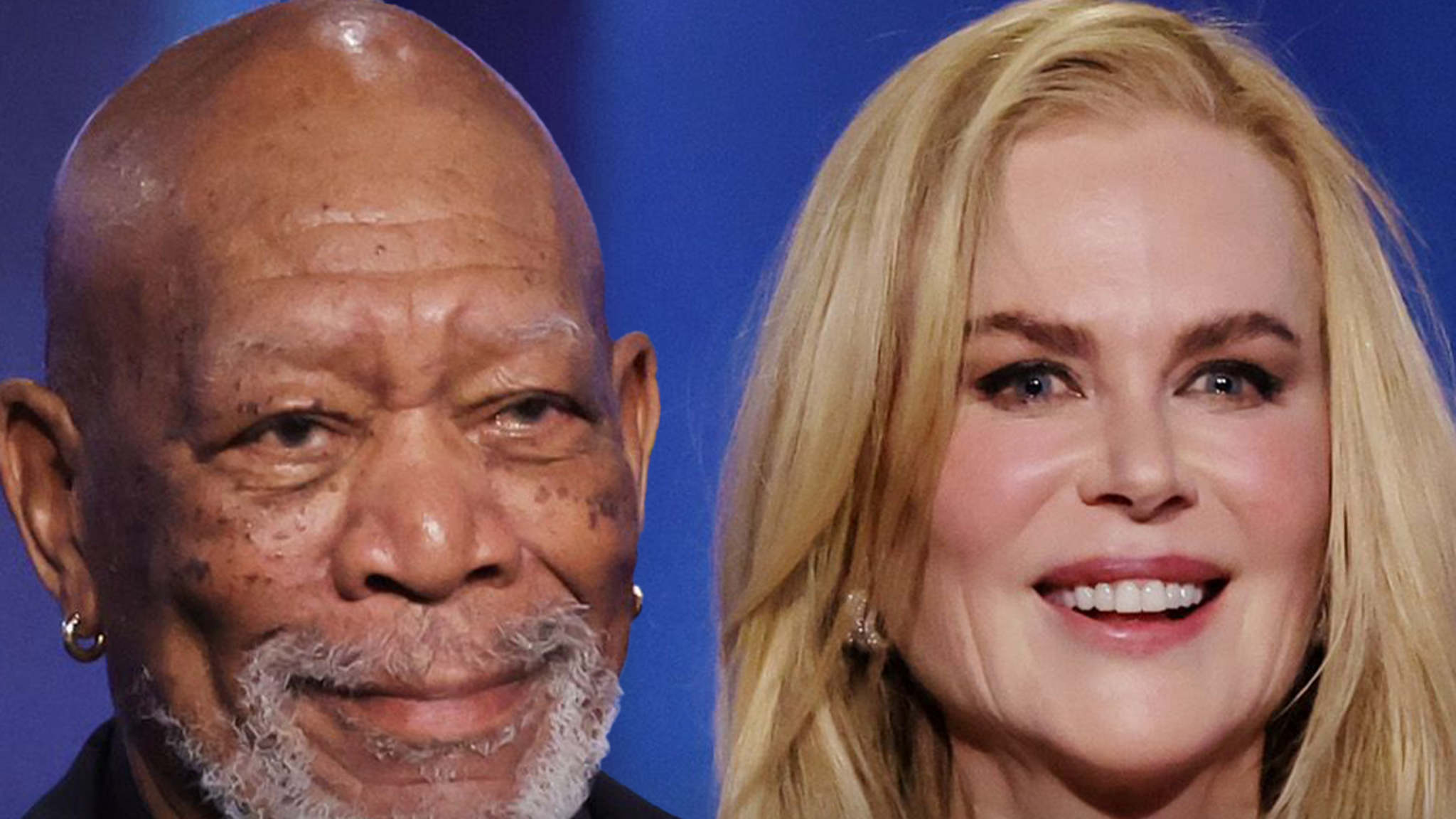





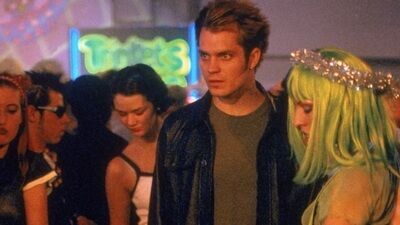
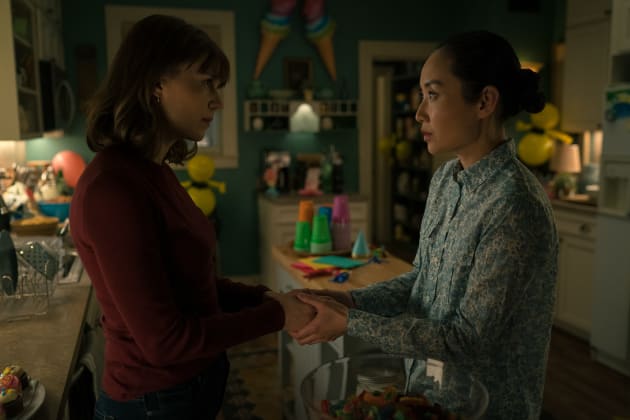

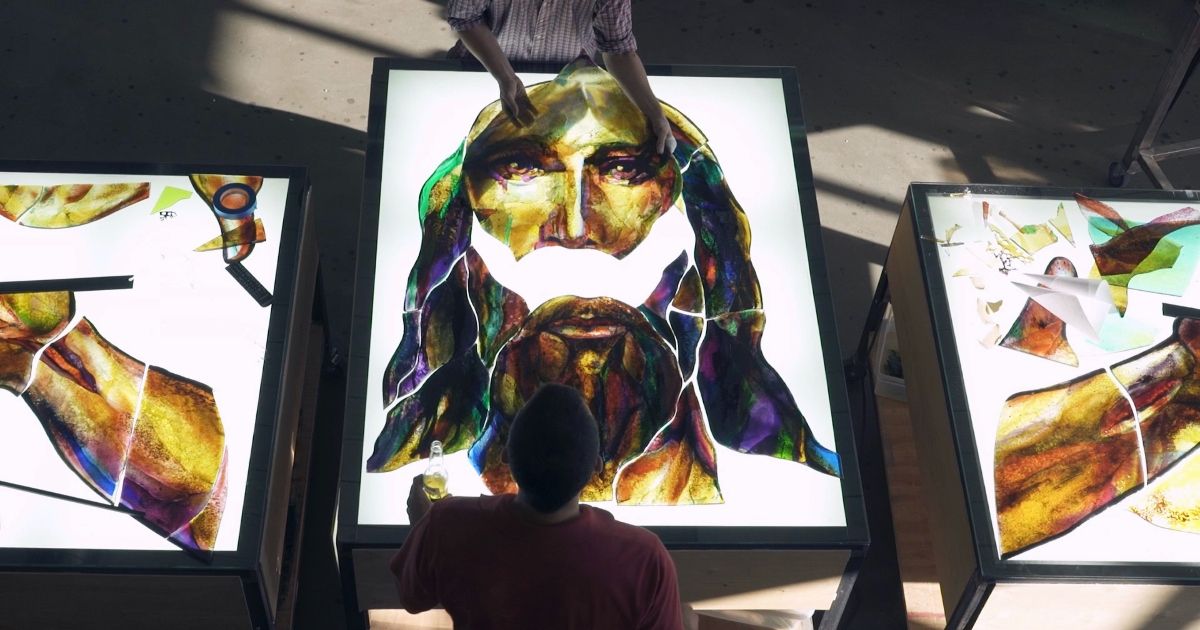




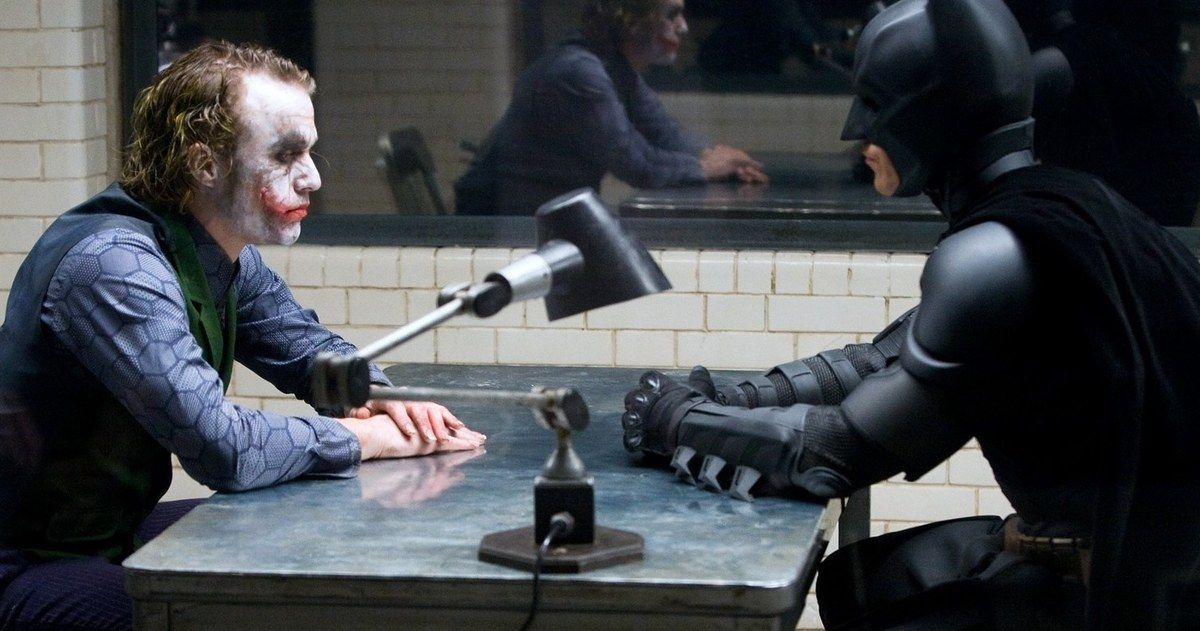

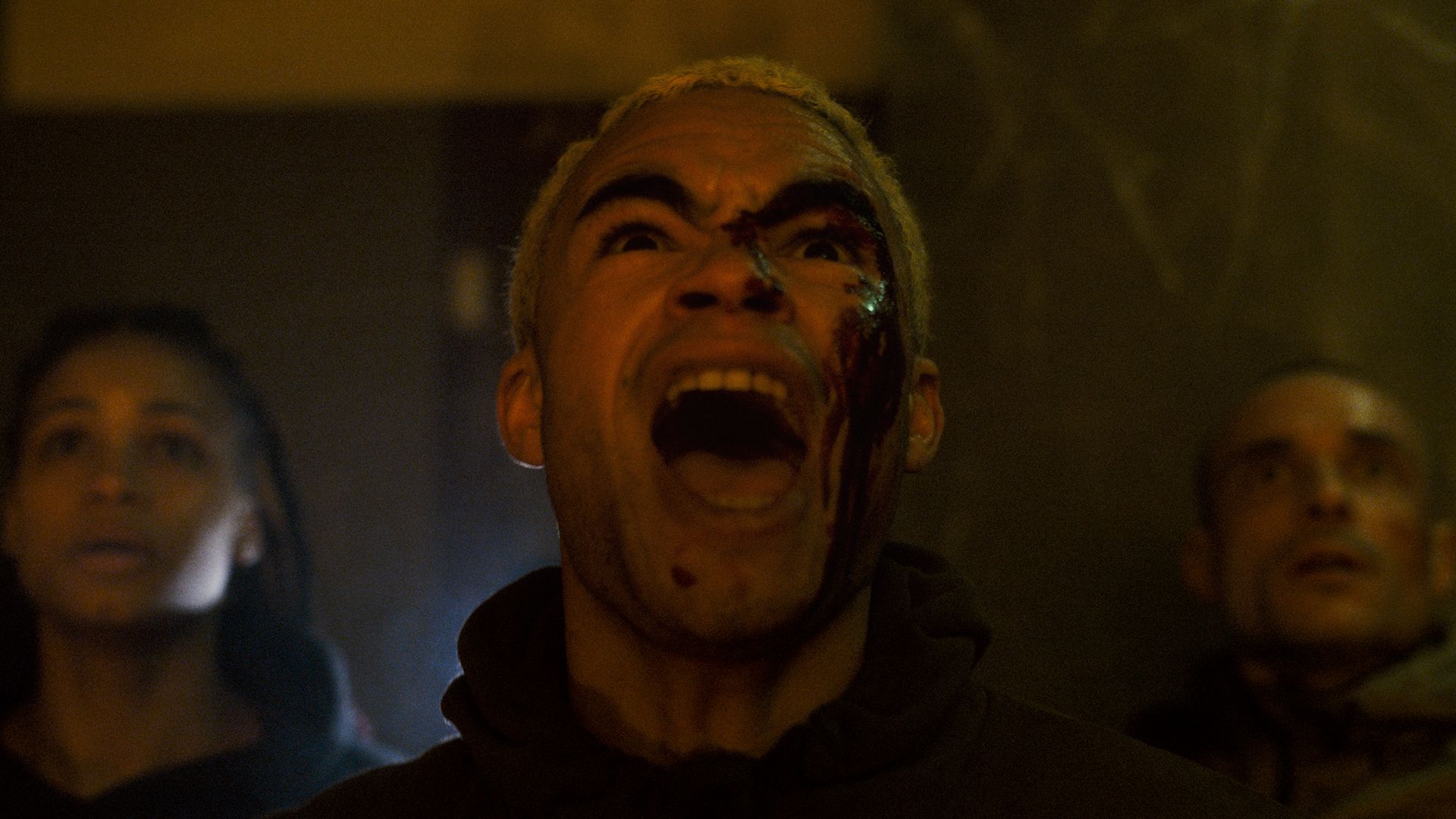

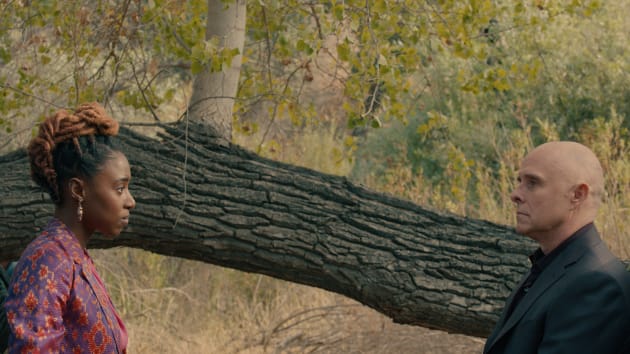





:quality(85):upscale()/2024/04/26/830/n/1922564/d88ac04e662bf8b6cb1a91.40429396_.jpg)

:quality(85):upscale()/2024/04/26/942/n/1922564/922a9e89662c1e7fc894b2.65383312_.jpg)